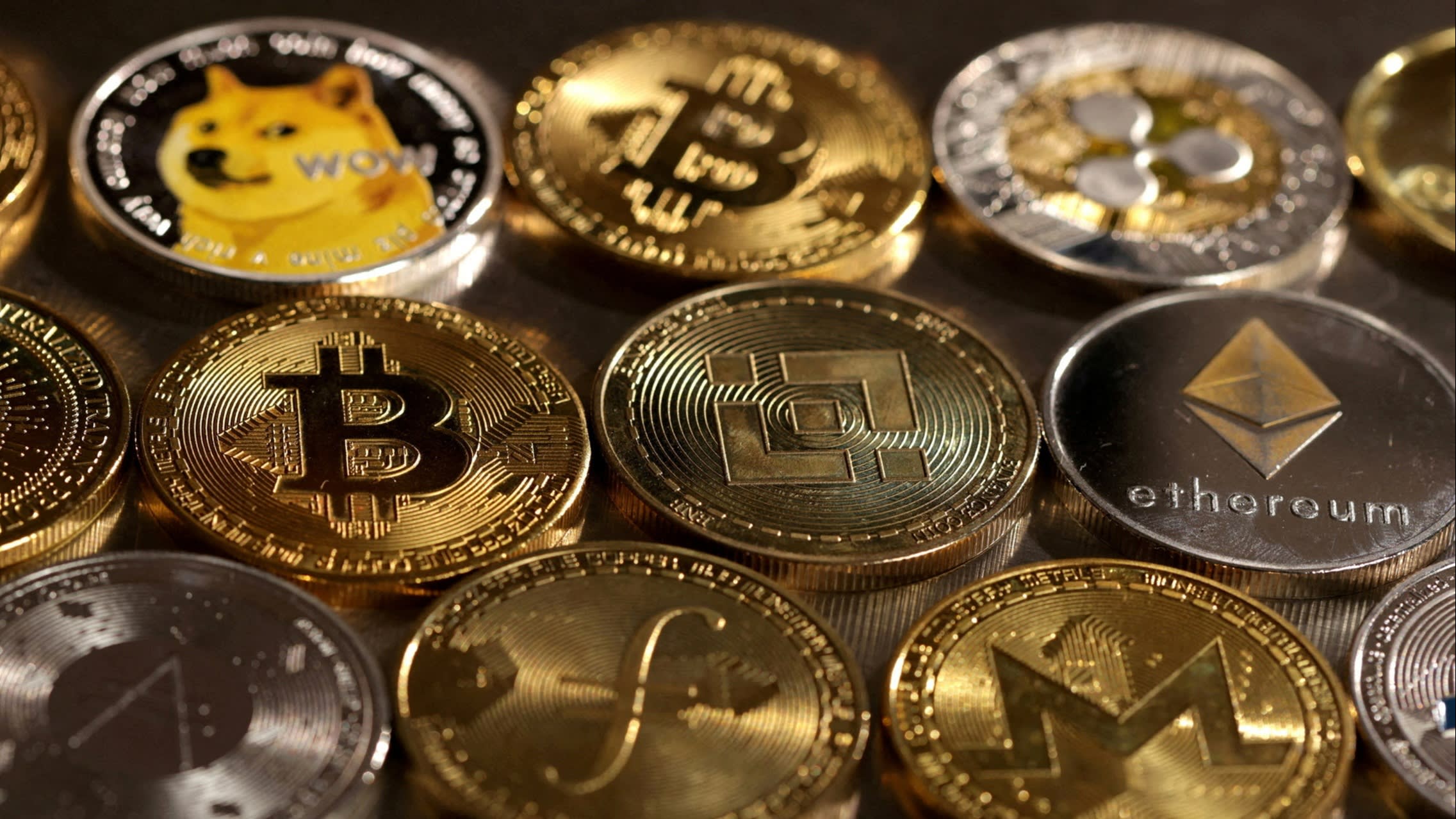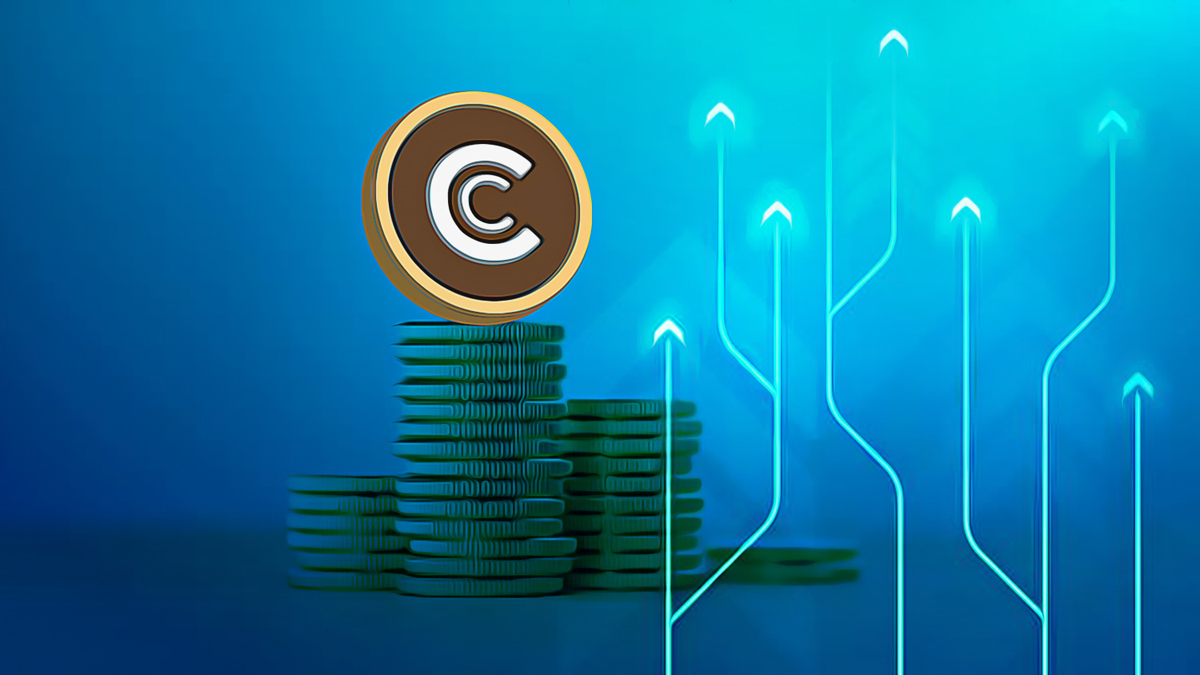
TL;DR Bitcoin (BTC) has tumbled by 10% since the start of February, with analysts warning that further declines to $80,000 or even $74,400 are possible if key support levels fail. Others suggest Trump’s tariff policies could drive demand for BTC as a hedge against inflation and currency devaluation. The Correction Might be Just Starting January was a highly successful period for the primary cryptocurrency, with its price soaring to a new all-time high of almost $110,000 shortly before Donald Trump’s inauguration. Despite the enhanced volatility in the following days, bitcoin (BTC) was trading at over $104,000 on the last day of the month. Numerous industry participants expected February to be even more fortunate. After all, it has been a historically strong month for the asset, and just two of the last 12 Februaries have ended in the red. The ongoing month also comes after a halving year, which in previous cases has resulted in double-digit gains. Contrary to the presumption, BTC did not start the month on the right foot, and in the last three days, it tumbled from around $102,000 to the local bottom of less than $92,000. In the past several hours, the bulls stepped in and pushed the valuation to the current $95,000 (per CoinGecko’s data). BTC Price, Source: CoinGecko Perhaps the most obvious factor contributing to the pullback is the macroeconomic uncertainty caused by Donald Trump’s decision to impose hefty tariffs on China, Canada, and Mexico. One person noting the wipeout in the cryptocurrency sector was the BTC proponent, using the X moniker Momin. He suggested that if Trump’s decision “keeps shaking the market,” the asset’s price may drop to $80,000. “You don’t need to deploy all your money here , let the situation fold out . Stay safe,” he added. Ali Martinez also gave his two cents. The analyst told his over 120,000 followers on X that $92,180 “is now one of the most critical support levels” for BTC based on the MVRV Pricing Bands. He believes that breaking below that mark could lead to a massive crash to as low as $74,400. Pain Only in the Short Term? The tariff war led by Trump has harmed the financial markets and the cryptocurrency industry, but according to Jeff Park (Head of Strategy at Bitwise), it might have a positive effect on bitcoin in the long run. He thinks the actual effects of the increased rates should be understood through two key ideas: the Triffin dilemma and Trump’s economic plans. The Triffin dilemma is an economic paradox that arises when a national currency also serves as the world’s reserve currency. While this gives the country certain financial advantages, it also means it must maintain trade deficits to supply liquidity. Park sees tariffs as a short-term tactic to push nations to reduce their US dollar holdings and shift investments away from America’s debt, with the real goal being a controlled devaluation of the greenback. He also believes Trump’s team aims to lower bond yields and cut reliance on foreign capital, making BTC a key hedge against inflation. “As the world enters a sustained tariff war, the demand for bitcoin will skyrocket. Both US investors and foreign market participants will flock to bitcoin for different reasons, but the outcome remains the same – higher prices, and at an accelerated pace,” he concluded. The post Bitcoin (BTC) Could Tank Below $75K if This Key Support Fails (Analyst) appeared first on CryptoPotato .
Crypto Potato
You can visit the page to read the article.
Source: Crypto Potato
Disclaimer: The opinion expressed here is not investment advice – it is provided for informational purposes only. It does not necessarily reflect the opinion of BitMaden. Every investment and all trading involves risk, so you should always perform your own research prior to making decisions. We do not recommend investing money you cannot afford to lose.
India Reconsiders Crypto Policy Amid Global Regulatory Shifts: Report

Reports have emerged that India will review its approach to crypto following Donald Trump’s friendlier attitude to the sector. According to Reuters, Ajay Seth, India’s Economic Affairs Secretary, has said the government is revisiting its stance following changes in how other jurisdictions treat the asset class. A Change In Approach In a Sunday interview with the publication, Seth is quoted saying: “More than one or two jurisdictions have changed their stance towards cryptocurrency in terms of usage, their acceptance, and the importance they see in crypto assets. In that stride, we are having a look at the discussion paper once again.” He also added that because borders do not limit crypto, India’s approach to it cannot be one-sided. The review could further delay the publication of India’s discussion paper on digital assets, initially scheduled for release in September 2024. The document was put on hold last year due to other priorities but is meant to address how to regulate crypto in India. Presently, the asset class is only covered under anti-money laundering (AML) and electronic funds transfer (EFT) laws. The paper is expected to explore expanding the scope of regulation and determining the appropriate policy stance. This review follows developments in the United States caused by President Trump’s embrace of the industry. His more lenient approach, which includes appointing crypto-friendly figures to head key departments and agencies overseeing the sector and creating a task force to explore the feasibility of a national virtual currency reserve, has reignited optimism for its future in global markets. New Tax Laws to Penalize Undisclosed Crypto Profits At the same time, India’s crypto traders may face significant penalties for previously undisclosed profits under new amendments to the country’s tax laws. In the Union Budget 2025, Finance Minister Nirmala Sitharaman announced that digital assets would fall under Section 158B of the Income Tax Act, which governs undisclosed income. This change will subject crypto gains to block assessments if not reported, treating them similarly to traditional assets like money, jewelry, and precious metals. The new tax provisions will apply retroactively from February 1, 2025. Crypto will also be classified as a Virtual Digital Asset (VDA) under the altered tax code, which requires reporting entities to disclose crypto information as outlined in Section 285BAA of the Income Tax Act. India began taxing digital assets in 2022, imposing a 1% tax-deducted-at-source (TDS) on crypto transactions and a 30% capital gains duty. Despite calls from the sector for clarity and easing of regulations, the government has continued its strict approach. In December 2024, India’s Minister of State for Finance, Pankaj Chaudhary, reported discovering $99.1 million in unpaid goods and services taxes (GST) by crypto exchanges, including Binance and WaziriX. This followed a demand from Indian law enforcement for $86 million in unpaid taxes from Binance in August 2024. The post India Reconsiders Crypto Policy Amid Global Regulatory Shifts: Report appeared first on CryptoPotato . Crypto Potato

XRP Rises Amid US-Mexico Tariff Pause as Canadian Trade Tensions Remain Unresolved
The recent pause on tariffs between the US and Mexico has sparked enthusiasm in the crypto markets, significantly impacting the price of XRP. The pressure is now on Canada, as Crypto Potato











